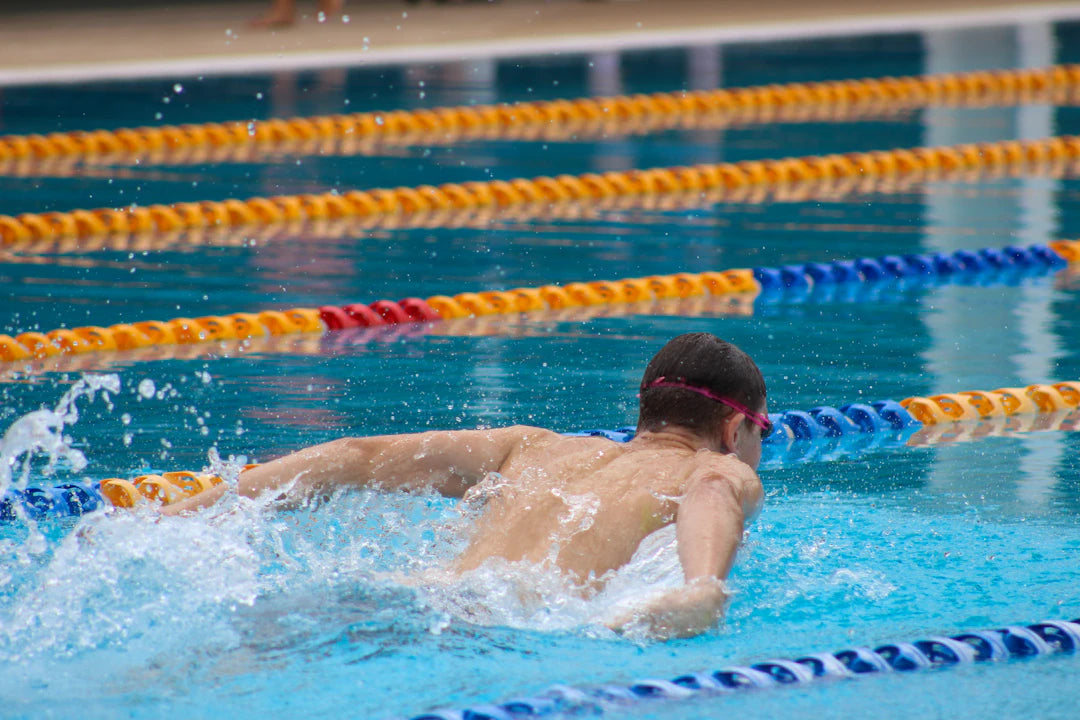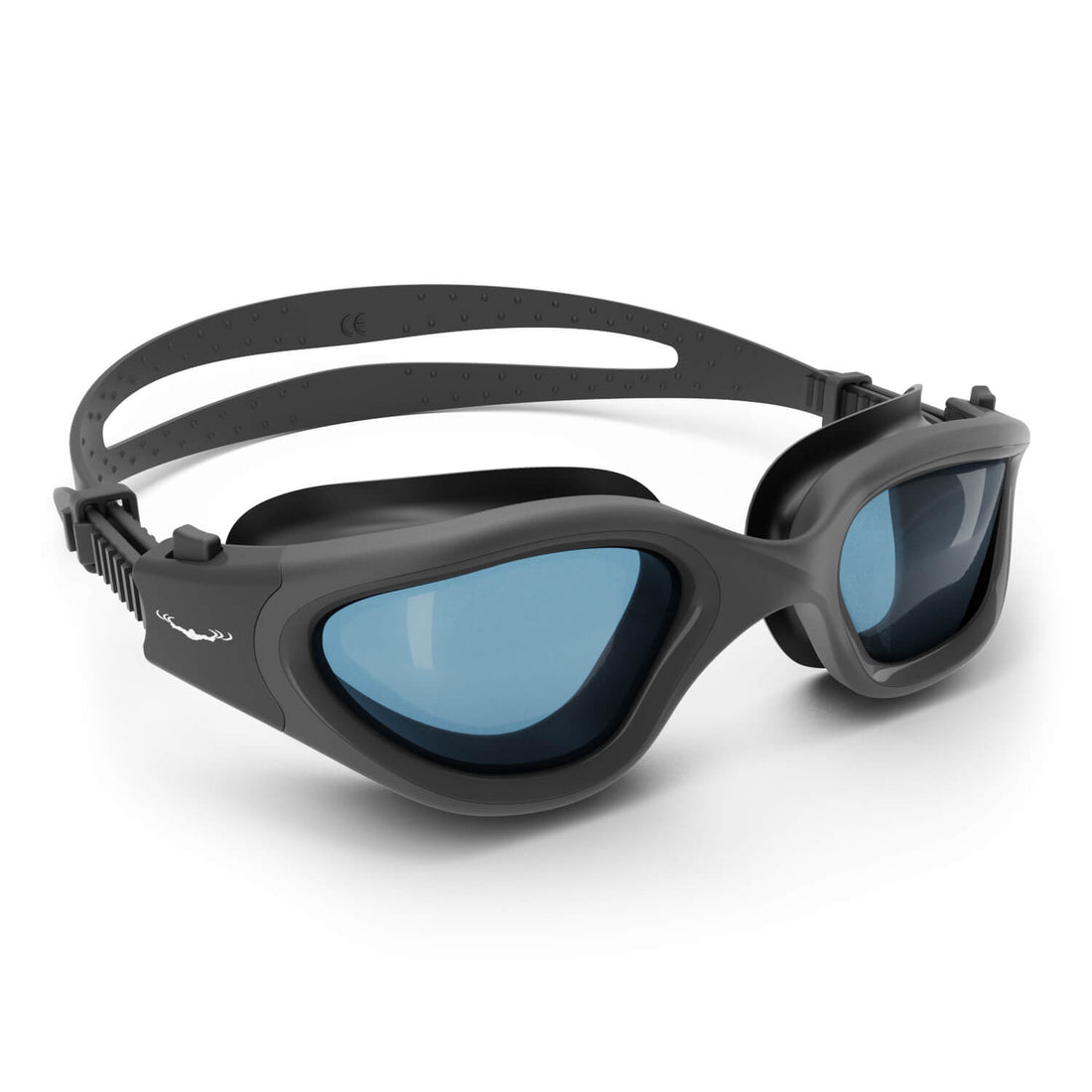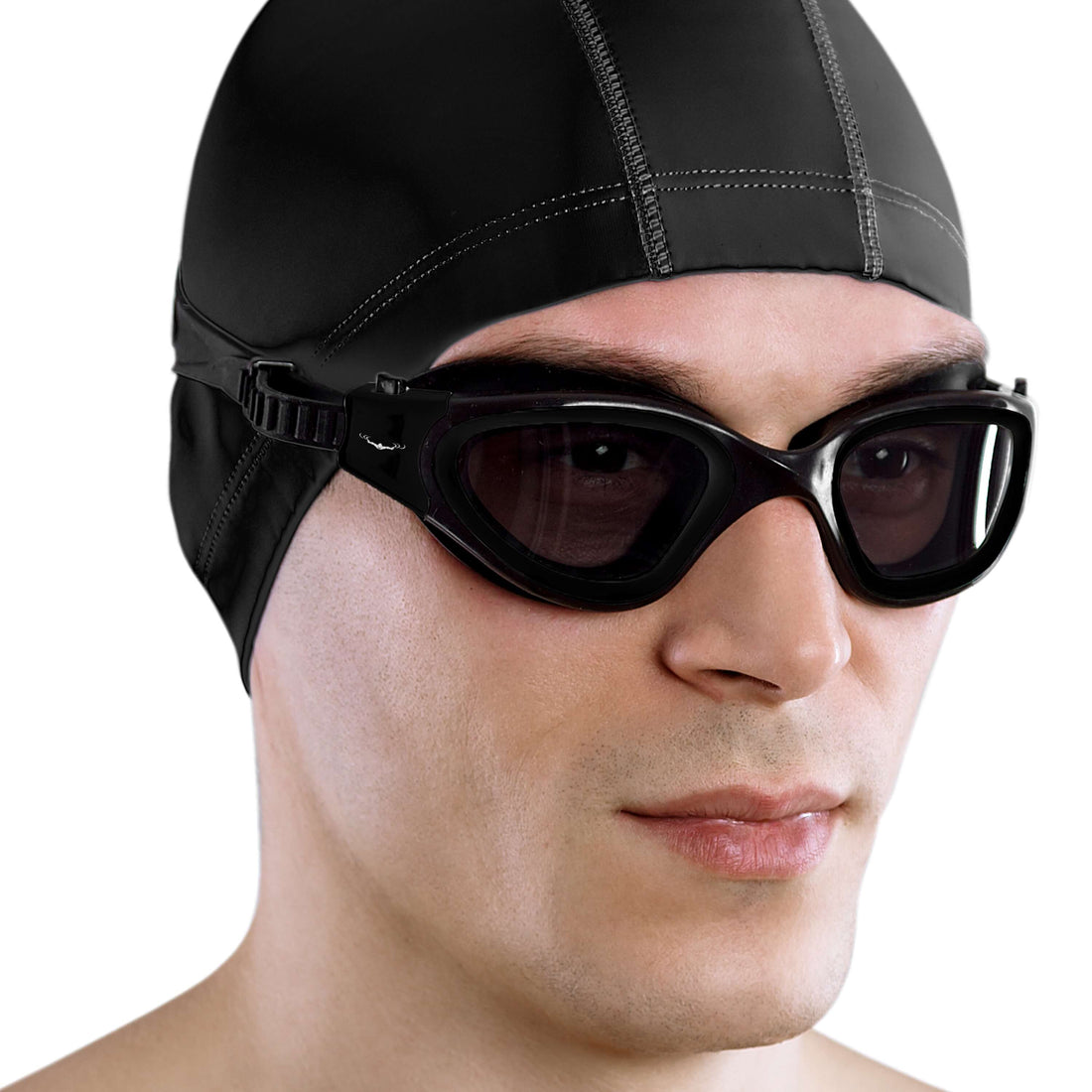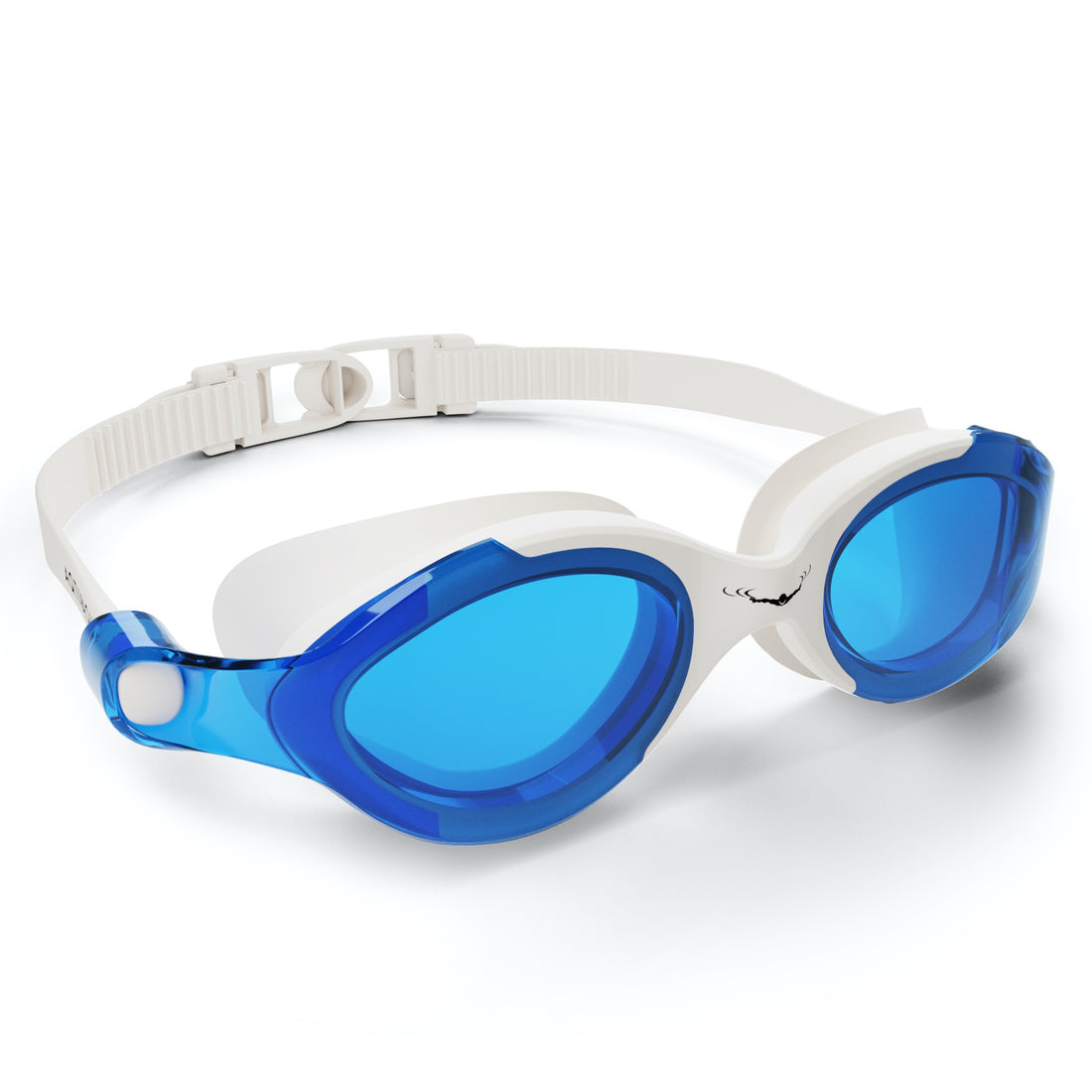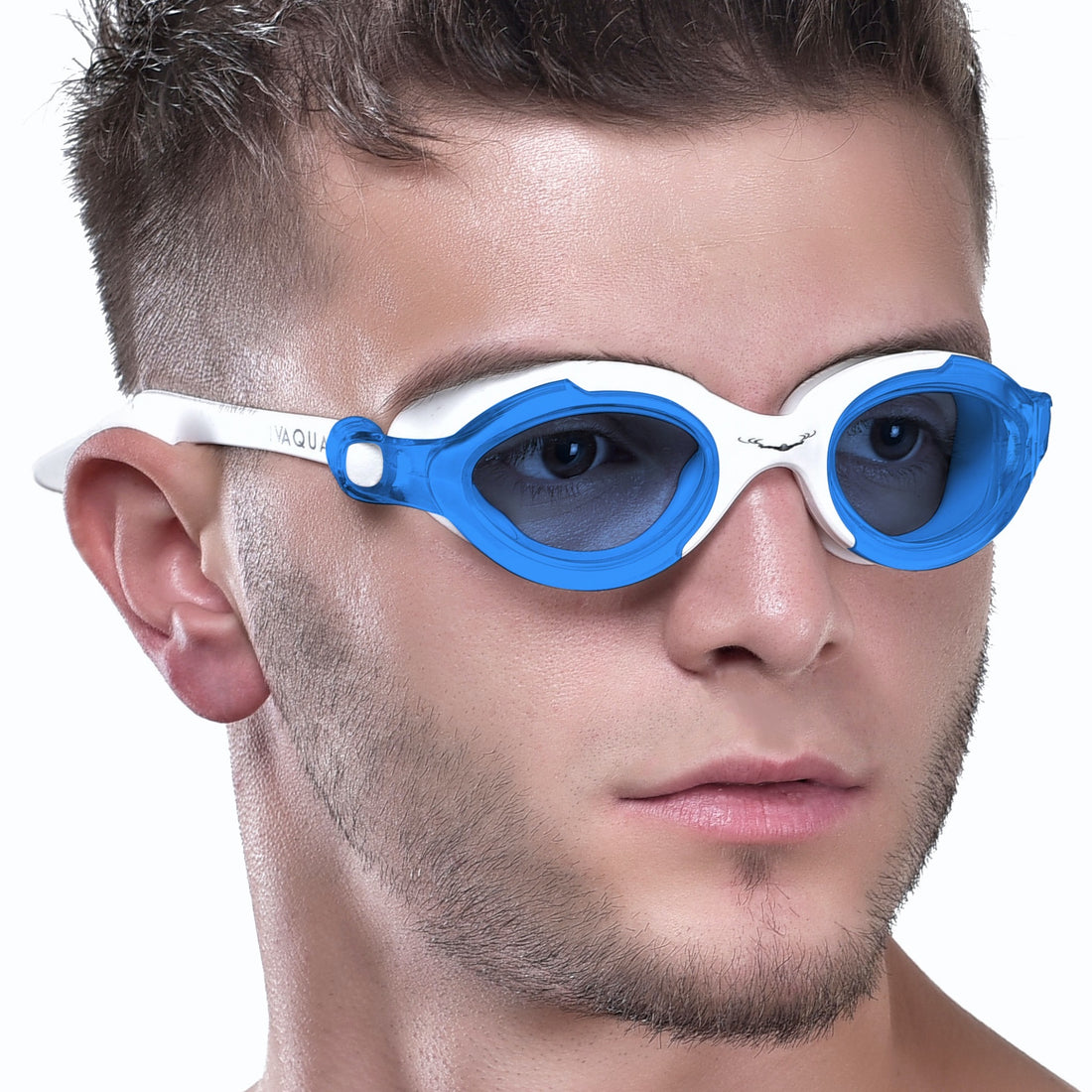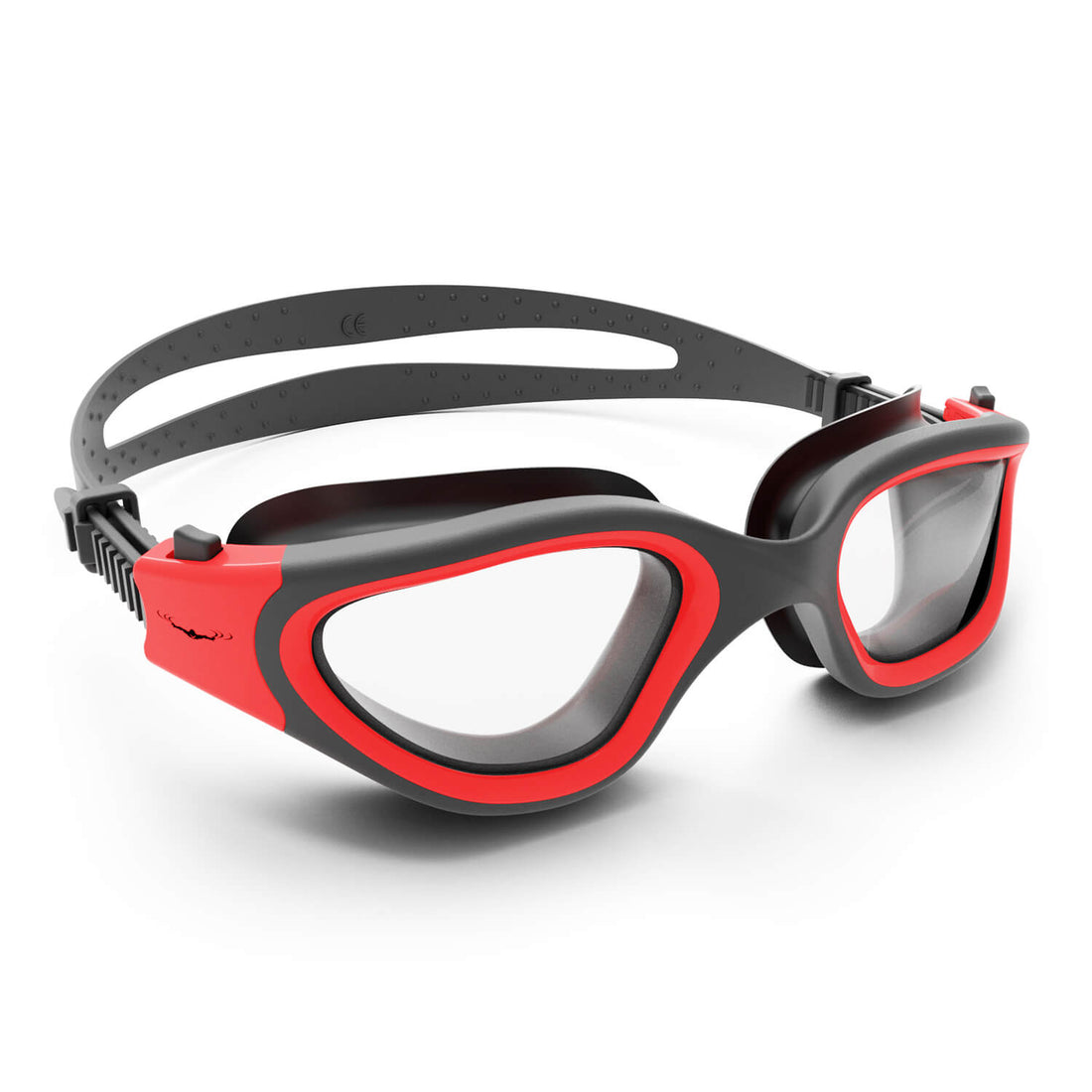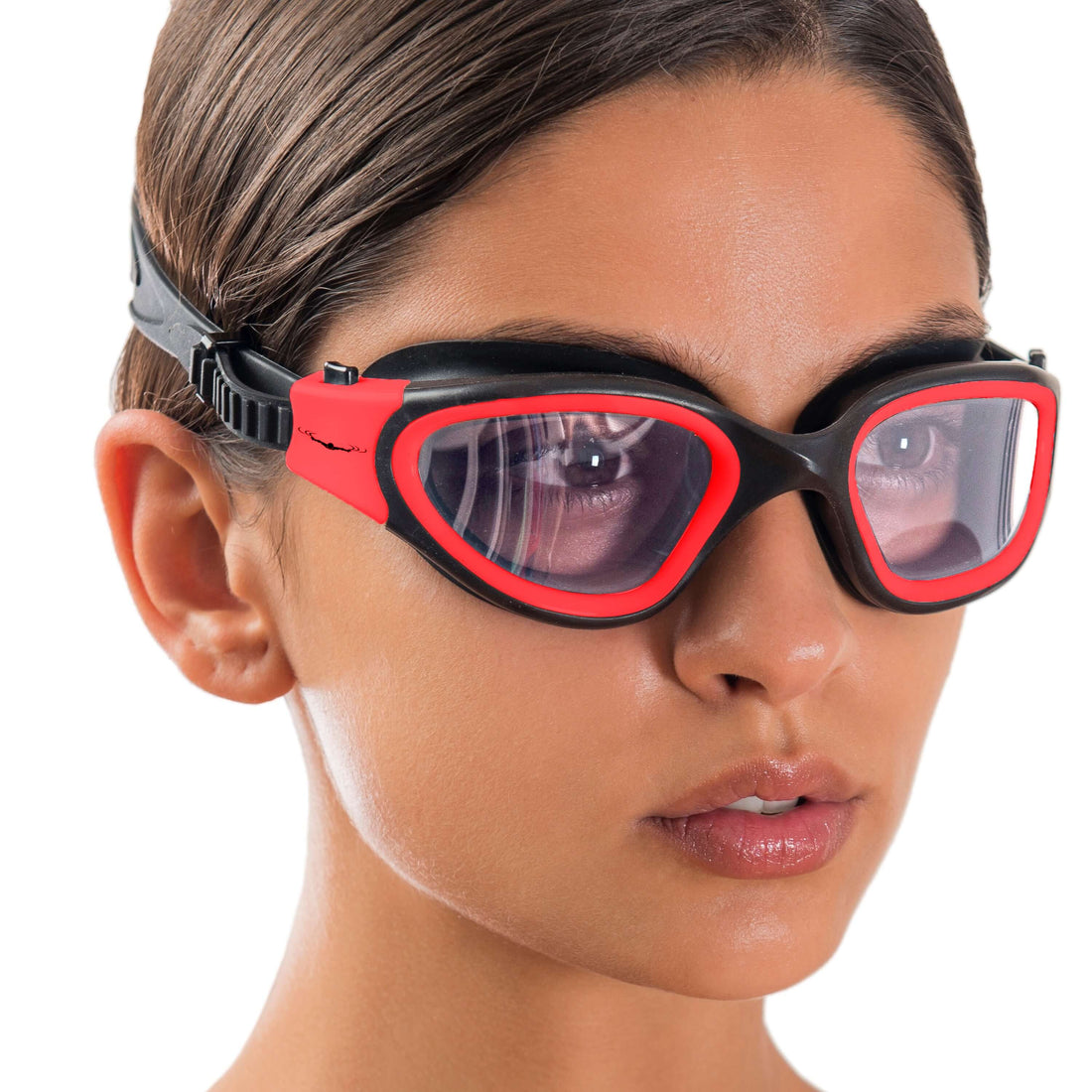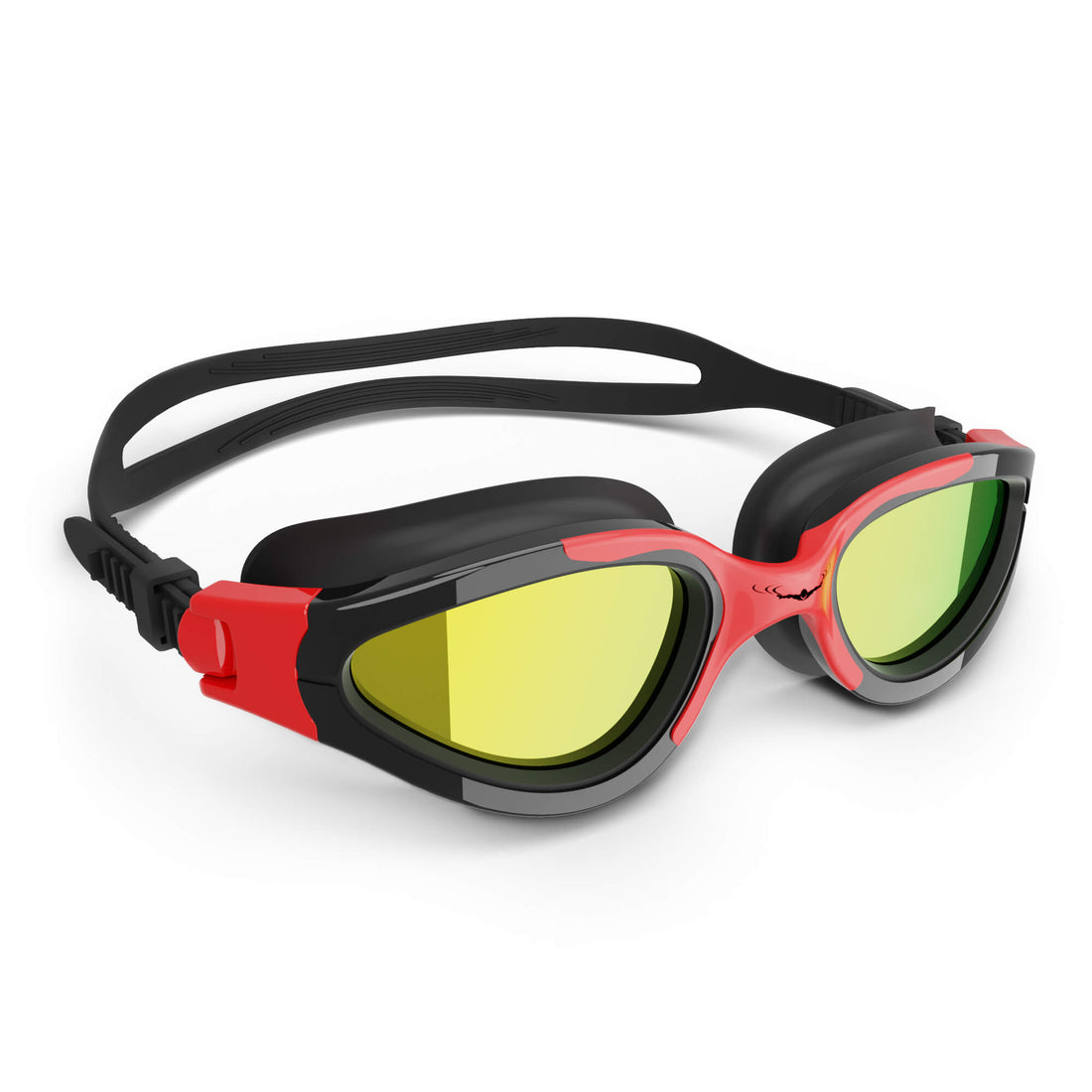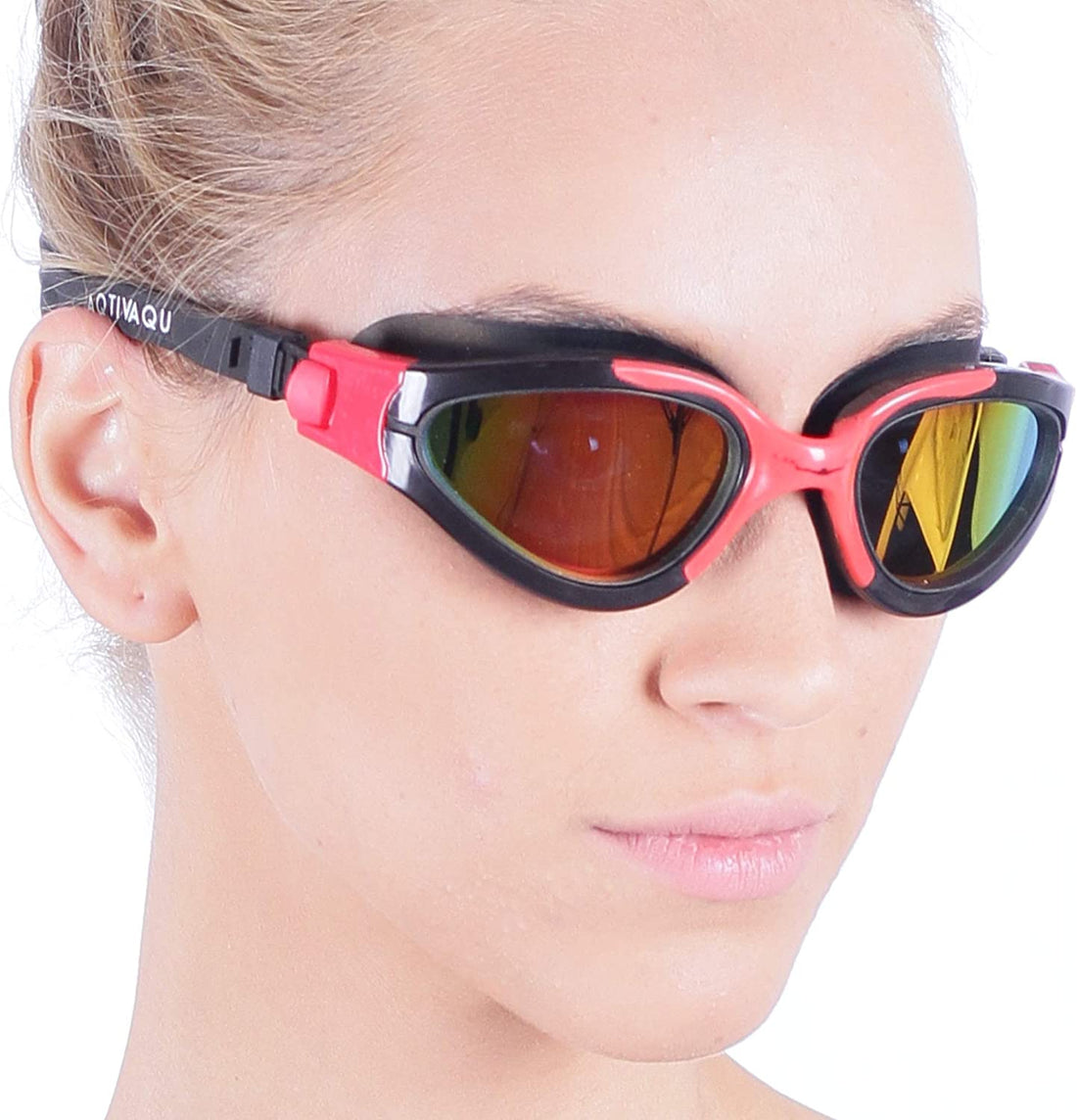Frequently Asked Questions
1. What is hydrodynamics in swimming?
2. Why is streamlined movement important in swimming?
3. How does swim gear affect hydrodynamics?
4. What are some techniques to improve hydrodynamics while swimming?
5. How can psychological factors affect swimming performance?
Swimming is an exhilarating and refreshing activity, offering both relaxation and intense physical benefits. Whether you’re a competitive swimmer, a casual beach-goer, or someone who enjoys swimming as a form of exercise, understanding the science of hydrodynamics can significantly enhance your experience. This blog will explore the principles of hydrodynamics, how they affect swimming techniques, and the gear you can use, including the benefits of swim goggles with anti fog technology.
What is Hydrodynamics?
Hydrodynamics is a branch of fluid mechanics that studies the movement of liquids. In the context of swimming, it refers to how a swimmer interacts with water and the forces at play during their movement. To maximize speed and efficiency, understanding the principles of hydrodynamics allows swimmers to optimize their performance in the water.
The Importance of Streamlined Movement
One of the core principles of hydrodynamics in swimming is the concept of streamlined movement. A streamlined body position minimizes water resistance, allowing swimmers to glide more efficiently through water. Here’s how to achieve optimal streamlining:
Body Position
Keeping your body horizontal and flat is crucial. The head should be aligned with the spine, and the hips should be near the water's surface. This position reduces drag and allows for smoother movement.
Arm and Leg Movement
When swimming, the arms should move in a coordinated fashion to create a forward thrust while the legs maintain a consistent flutter or kick. This synchrony helps to keep the body aligned and prevents dragging.
Understanding Drag Forces
Two main types of drag forces affect swimmers: skin friction drag and form drag.
Skin Friction Drag
This is the resistance felt against the surface of the swimmer's body as it moves through water. Selecting appropriate swimwear made from smooth materials can reduce skin friction drag. Additionally, using swim goggles that fit properly ensures minimal resistance from water around the eyes, enhancing comfort and vision.
Form Drag
Form drag occurs due to the shape of the swimmer’s body and their movement through water. A more streamlined shape reduces this drag, which is why professional swimmers often focus on body technique to maintain an efficient profile in the water.
The Role of Buoyancy
Buoyancy is another fundamental aspect of hydrodynamics that significantly affects swimming. It determines how well a swimmer floats or sinks in the water. Understanding buoyancy can influence a swimmer's training and performance:
Body Composition
The amount of body fat versus muscle plays a crucial role in a swimmer's buoyancy. Generally, fat is less dense than water, which contributes to floating. Swimmers with a higher muscle mass may need to adapt their techniques to achieve balanced buoyancy.
Breathing Technique
Effective breathing techniques can also influence buoyancy. For instance, inhaling deeply can increase buoyancy temporarily, allowing for a more streamlined position while a swimmer exhales. This interplay can help optimize performance during longer swims.
The Impact of Swim Gear on Hydrodynamics
The gear a swimmer uses can significantly affect their hydrodynamics. Selecting the right equipment increases not just performance but also comfort in the water.
Swim Goggles with Anti Fog Features
Visibility is critical when swimming, especially for competitive swimmers. Poor visibility can negatively impact technique and performance. Swim goggles with anti fog technology can greatly enhance a swimmer's experience. These goggles prevent fogging, ensuring clear vision throughout the swim. This reliability allows swimmers to maintain focus, monitor their technique, and navigate the water effectively.
Swim Caps
Swim caps are another essential item to consider. They reduce drag by minimizing water resistance over the hair. Additionally, caps can aid in keeping hair out of the face, allowing swimmers to concentrate fully on their technique and performance.
Swim Techniques That Improve Hydrodynamics
Various swimming techniques enhance hydrodynamics. Swimmers may vary their styles to optimize efficiency based on body composition, environment, and hydrodynamic principles:
Freestyle
The freestyle stroke, also known as the front crawl, is the fastest and most efficient swimming style. It combines effective breathing, streamlined body position, and strong arm strokes to minimize drag and maximize propulsion.
Backstroke
Backstroke requires paddling on your back while maintaining a streamlined position. The necessity of effectively synchronizing arm and leg movements to maintain speed can help in modeling hydrodynamic efficiencies.
The Benefits of Strength Training and Flexibility
Beyond technique, physical conditioning through strength training and flexibility can significantly impact swimming efficiency. These factors contribute to a swimmer’s ability to maintain a powerful and adaptable swimming style:
Strength Training
Building muscle strength enhances the swimmer's propulsion and endurance. Core exercises are particularly beneficial, as a strong core helps maintain a streamlined body position, reducing drag.
Flexibility
Flexibility promotes a fuller range of motion, enabling swimmers to execute strokes more effectively. Regular stretching before swimming helps improve flexibility and decrease the risk of injury.
Environmental Factors Affecting Swimming Performance
Certain environmental elements can significantly influence swimming performance as well:
Water Temperature
The temperature of the water can affect buoyancy and comfort levels. Warmer water may require swimmers to adapt their techniques. A swimmer's performance can be impeded if they become fatigued due to uncomfortable temperatures.
Water Salinity
In saltwater, buoyancy increases due to the density of the water. This can positively impact swimming strokes, enabling swimmers to coast more and expend less energy, yet does require some adjustment in technique.
The Psychological Aspect of Swimming
Mental preparedness is just as crucial for swimmers as physical training. Confidence and mental resilience directly impact performance. Here are a couple of mental strategies to improve swimming performance:
Visualization Techniques
Visualization techniques involve mentally rehearsing each stroke before execution. Whether it's visualizing a race or practicing swimming techniques, mental imagery can help improve confidence and focus.
Setting Achievable Goals
Setting realistic objectives can motivate swimmers to improve. These goals can range from improving speed to refining techniques, helping swimmers stay engaged and committed to their training.
Swimming for All: Emphasizing Accessibility
Swimming offers accessibility and inclusivity, making it a valuable exercise for all ages and abilities. Communities often embrace swimming programs designed to accommodate everyone, which reflects the sport’s enduring legacy of promoting health and wellbeing. As swimmers delve deeper into understanding hydrodynamics, they can relish the undeniable joy that swimming brings.
Your Path to Becoming a Better Swimmer
Incorporating knowledge of hydrodynamics into your swimming practice isn’t just for competitive athletes. Casual swimmers and fitness enthusiasts alike can benefit from understanding these principles. Maintaining streamlined techniques, investing in quality gear, and training your body can all contribute to a more enjoyable swimming experience. Dive into the world of swimming with confidence and precision as you embrace hydrodynamics, enhancing your journey in the water!


